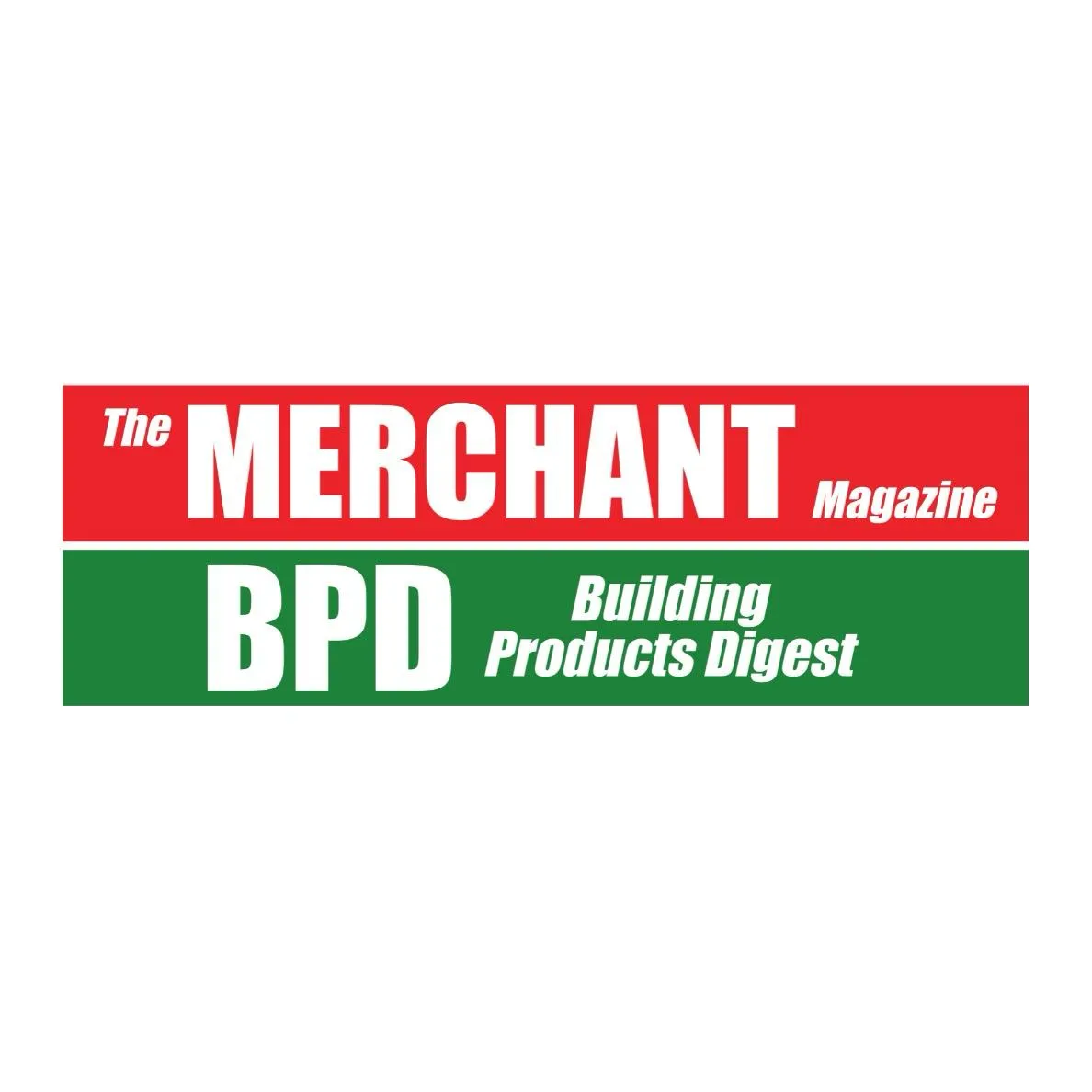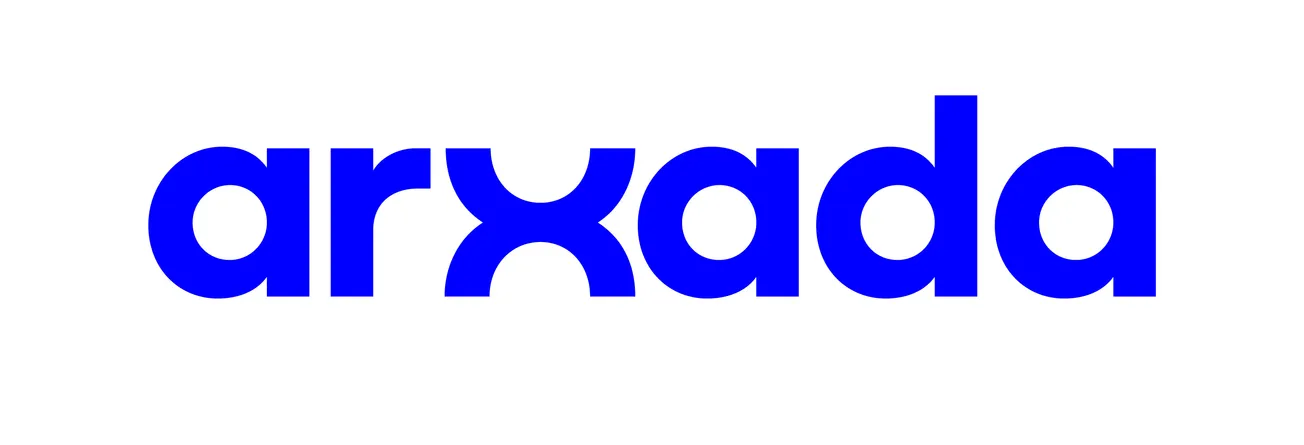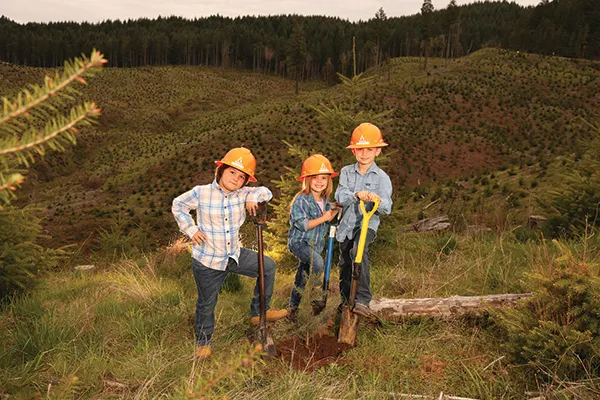Table of Contents
Consumers around the world are increasingly asking for environmentally responsible options when they make buying decisions. When it comes to wood, paper and packaging products, people want assurances that the forest they come from is managed responsibly.
The Sustainable Forestry Initiative (SFI) is a sustainability organization that stands for the future of forests. SFI delivers the supply chain assurance that today’s market leaders in the lumber and building materials industry are looking for.
SFI’s Chain-of-Custody Standard and SFI labels are a reliable way for businesses to assure customers that they are making a good environmental choice. Wood that is certified to the SFI Forest Management Standard offers a proof point that the forest has been managed according to multiple environmental, social and economic values—today and into the future. SFI’s Chain-of-Custody Standard is an accounting system that tracks forest fiber content through production and manufacturing to the end product.
Consumers Value Certification
Studies have shown that consumers appreciate the value that SFI and other forest certification programs offer in helping them identify wood products from legal, responsible sources. In a 2014 study for the Programme for the Endorsement of Forest Certification, by the European research firm GfK, almost 70% of 1,000 U.S. consumers said they would prefer companies that source wood-based products responsibly to use a forest certification label to inform consumers.
SFI is an independent, non-profit organization dedicated to promoting forest sustainability and supporting the links between sustainable forests and communities through grant programs, carefully targeted research, direct leadership of critical initiatives, and partnerships that effectively contribute to multiple conservation objectives.
Forests certified to the SFI Forest Management Standard cover more than 280 million acres. SFI program participants are responsible for more than one quarter of the world’s certified forest area.
From Green Consumers to Green Buildings
The fact that the SFI Program can deliver a steady supply of fiber from well-managed forests is helping open new markets in the green building sector. Demand for these products is steadily increasing. Since 2006, more and more tall wood buildings, seven stories and taller, have been built around the world.
Many of these mass-timber buildings are also designed to qualify as certified green buildings through programs like Leadership in Energy and Environmental Design (LEED) and Green Globes. Wood products sold as certified to the SFI Chain-of-Custody Standard are eligible for LEED credits through the LEED Alternative Compliance Path or credits through the Green Globes Rating System.
Earning SFI Certification
Any company that processes or trades forest products certified to SFI, including manufacturers of forest products, can seek SFI chain-of-custody certification. They must have processes such as inventory control, employee training, reporting and invoicing so they can track raw materials from certified forests, certified sourcing and, when it applies, recycled content, through production and manufacturing to the end product.
Companies can use chain-of-custody certification to track and communicate forest fiber content using one of three optional approaches for chain of custody: physical separation, average percentage and the volume credit method. To be certified, companies must pass an independent third-party audit to prove they meet the SFI 2015-2019 Chain-of-Custody Standard.
The average percentage method allows manufacturers to label 100% of their product with the SFI Certified Chain-of-Custody label. If an organization wishes to use the SFI chain of custody label or make a chain of custody claim on 100% of an organization’s product, the content must be at least 70% composed of certified forest content or recycled material.
Under the volume credit method, an organization can only make claims or use the SFI label on the amount of certified input (i.e., the certified forest content or recycled content) in a specific product. This means that if the input of certified content is 30%, the organization can only make claims or use the SFI label on 30% of the output. This is consistent with all global chain-of-custody standards.
SFI standards are reviewed and updated every five years to keep up with a changing marketplace and evolving environmental science. It makes good business sense to put your company in the same league with market leaders when it comes to sustainability and brand integrity.









